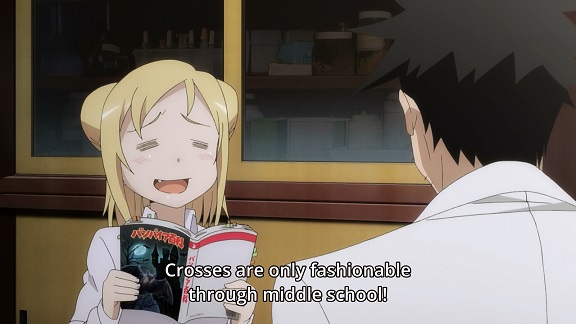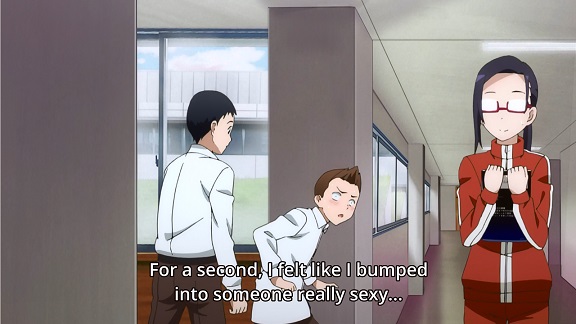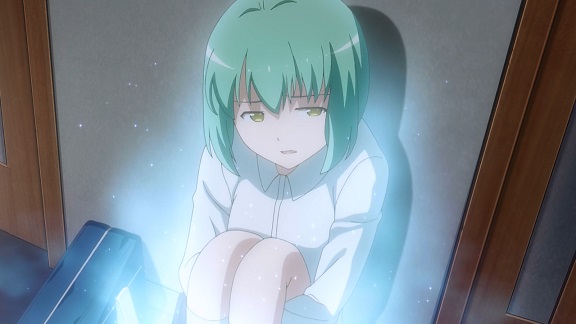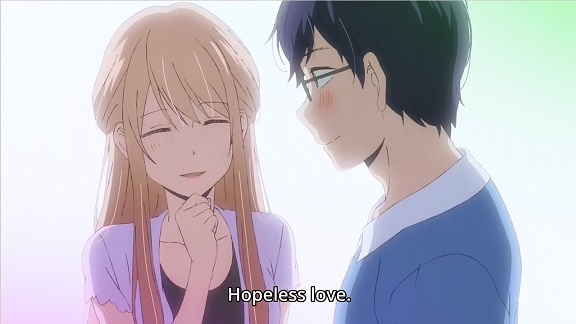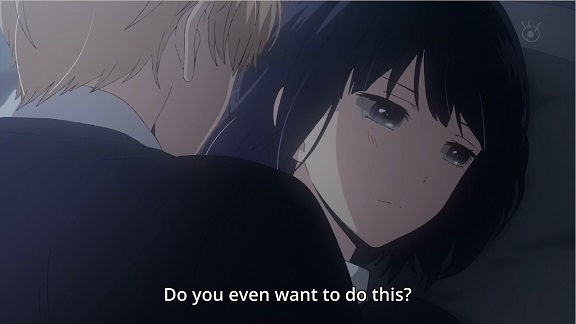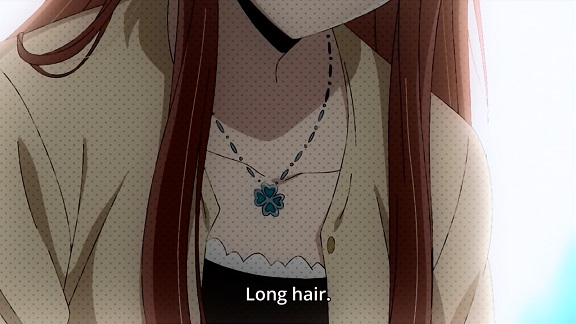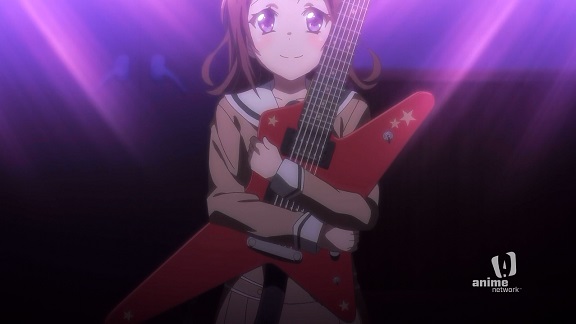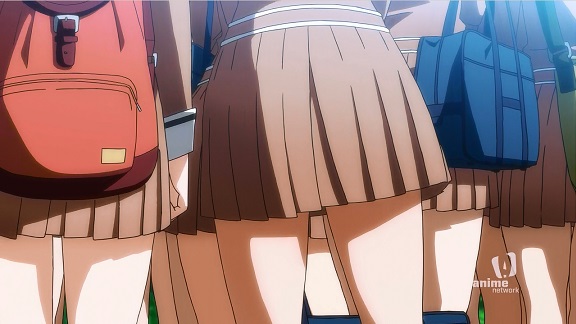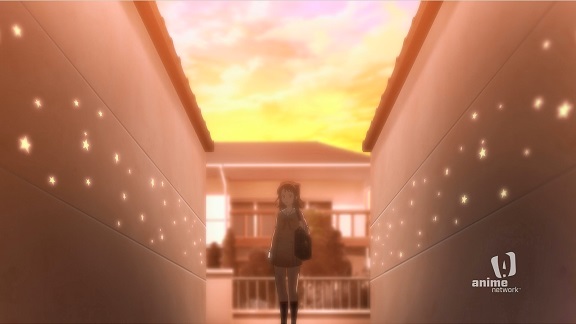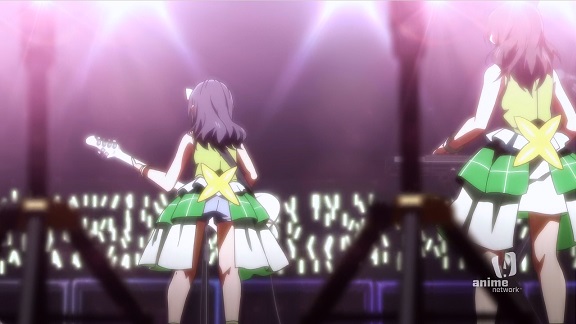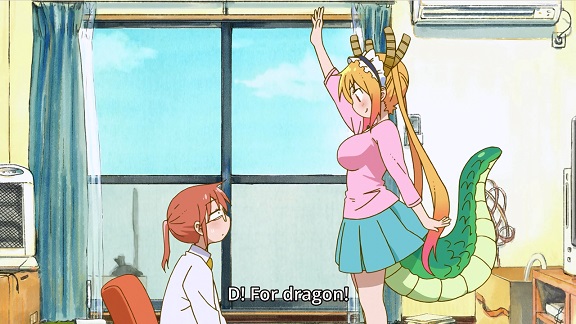Sometimes a small, seemingly insignificant change can make you lose all trust in an adaptation. Kobayashi-san Chi no Maid Dragon recently got an English dub courtesy of Funimation, but when the first episode aired it turned out a small, but important line was altered.
In the original Japanese dub (and English subtitles) Kobayashi-san says, in answer to Tohru’s declaration of love: “But I’m a woman though”. Which, as MayaScientist demonstrates on Twitter, is an old, old Yuri cliche, when a woman is first confronted with another woman’s love for her. in context, what with Tohru’s unfamiliarity with modern life and Kobayashi’s overall appearance, it also makes sense for her to say something like that, to drive the point home to both herself and Tohru.
The dub changes this line to “I’m not into women or dragons”. Which is an outright rejection of Tohru, rather than a gentle confirmation that Tohru knows what she’s doing. Worse, it turns Tohru’s displays of affection from amusingly over the top to downright creepy.
There's a reason she can't tell Tohru that living with Tohru makes her happy, but she can tell Lucola.
— Andrea Reventon (@andrearitsu) 2 February 2017
In the original manga and the anime series so far, though Kobayashi never states it outright, it’s clear she accepts Tohru and her love at some level, that it is more than just friendship. The entire series is as much about Kobayashi coming out of her shell as it is about funny dragon antics, as Andrea Reventon argues in the series of Tweets linked to above. Yet you cannot get there if you start with her outright rejecting the possibility of being lesbian, of falling in love with another woman. That’s why this is such a bad change and such an important one, as it means that Funimation will probably change more things in the anime, erasing the queer (sub)text of it.
